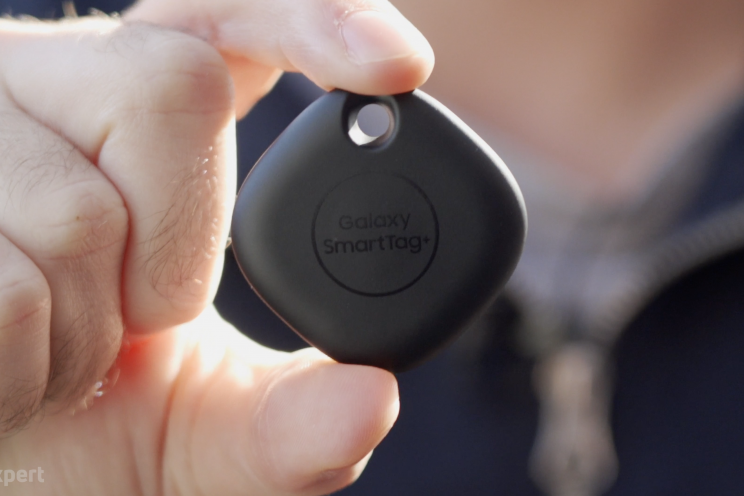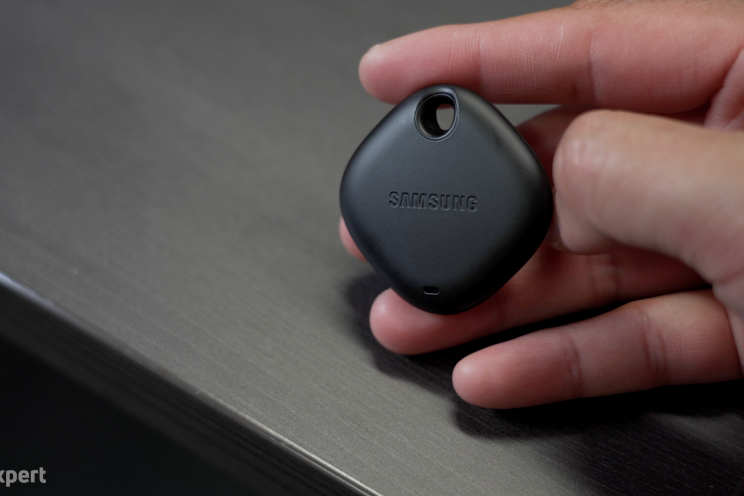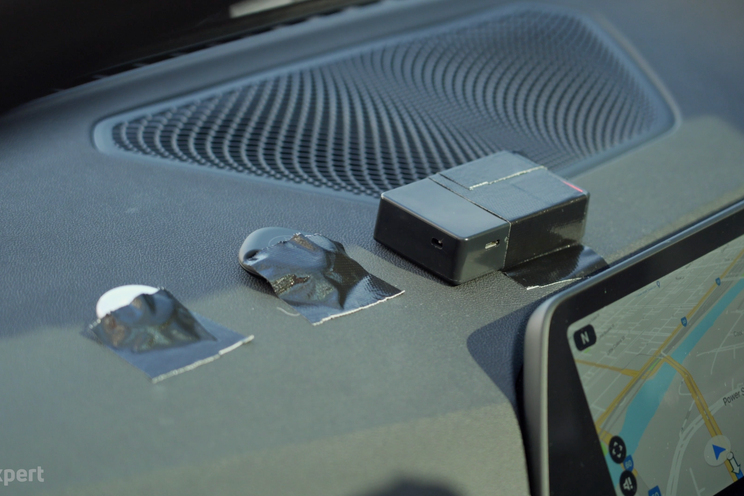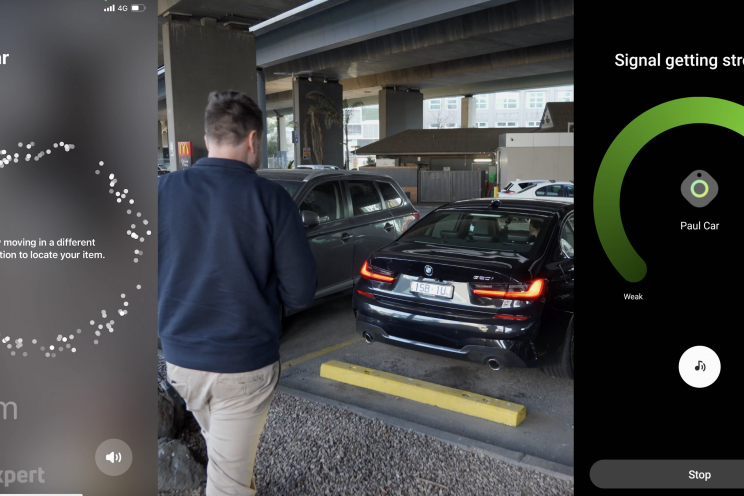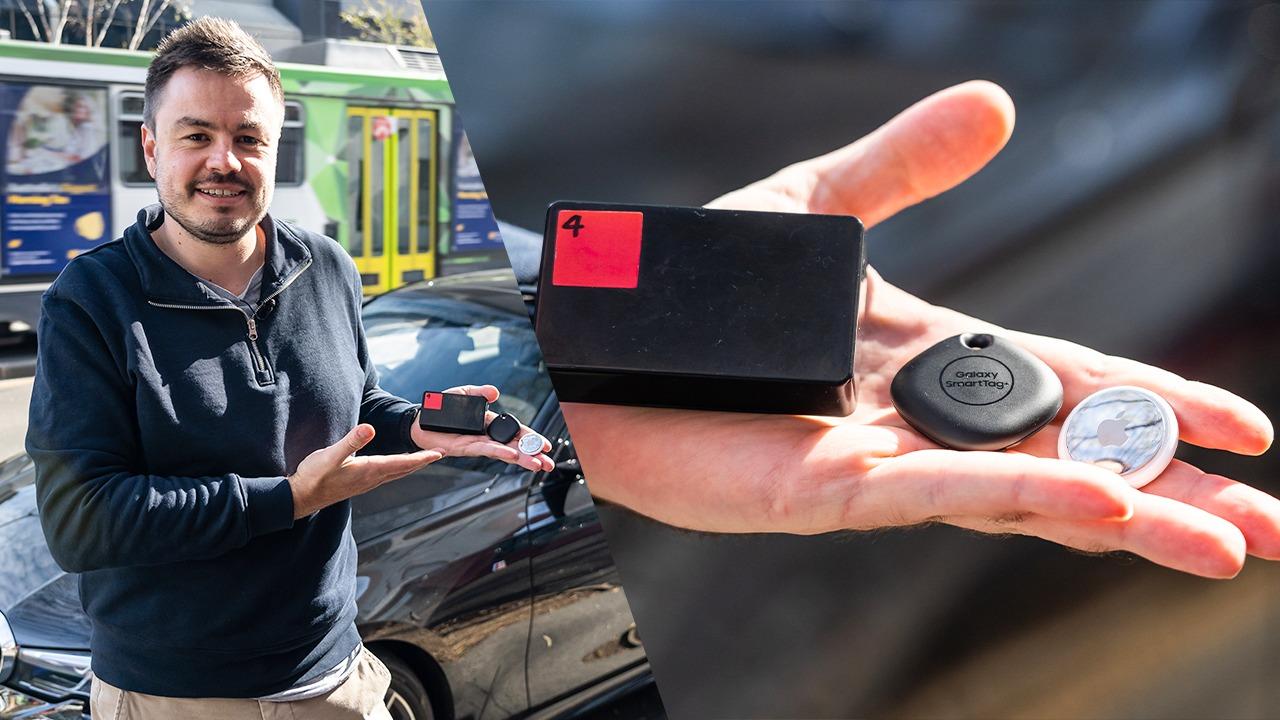If you own classic cars or a modern vehicle without integrated GPS tracking capabilities, you might have contemplated employing cutting-edge tracking tags to monitor your car in the event of theft.
We wanted to see what was on the market, so we bought an Apple AirTag, a Samsung SmartTag+, and a GPS unit with 3G and 4G compatibility to evaluate their performance and determine the most cost-effective solution.
Additionally, as a backup measure to these external devices, we used the ConnectedDrive feature on a BMW 3 Series to compare its effectiveness against the other options. We shot a video showing how it all went down.
We’re revisiting this article, which was originally published last year.
How much?
Both Apple and Samsung have launched UWB-enabled tracking tags.
There are other tracking tag brands on the market (such as Tile), but both Apple and Samsung have greater global market reach in comparison to other established brands (I’ll explain why shortly).
| Device | Cost ($AUD) |
|---|---|
| Apple AirTag | $45 |
| Samsung SmartTag+ | $60 |
| GPS tracker with SIM card | $147 plus $7 per month |
| BMW ConnectedDrive | From $119 per year |
How do they work?
Apple AirTag and Samsung Galaxy SmartTag+
Both the Apple AirTag and the Samsung Galaxy SmartTag+ employ ultra-wideband (UWB) technology to facilitate secure and precise device localisation.
UWB is not a recent innovation; the technology has existed since the early 2000s and is engineered to transmit data across a broad radio bandwidth.
It can transmit at frequencies ranging from 500Hz to several gigahertz to circumvent interference from other signals.
The technology generates pulses every other nanosecond, and data is transmitted encrypted, with the protocol supporting random number generation and cryptography. Both devices are powered by a small CR2032 battery, boasting an estimated battery life of approximately one year before replacement is necessary.
Contrary to a smartphone or the GPS unit under evaluation, which transmit data through cellular networks, these devices are relatively basic in functionality.
They only communicate with a nearby compatible phone (an Apple phone for the AirTag and a Samsung phone for the SmartTag+), which subsequently relays the device’s GPS location on its behalf.
Every other nanosecond, a pulse is emitted in hopes of being detected by a nearby compatible phone. If successful, the device’s exact GPS location is relayed to Apple or Samsung servers and then made accessible solely to the device owner for tracking purposes.
When an AirTag is set to “Lost Mode,” it can display a message via NFC (on any NFC-enabled device). This message may contain the owner’s phone number or other pertinent information to assist in identifying it.
GPS Tracker
In contrast to the Apple AirTag and the Samsung SmartTag+, the GPS tracker we acquired from Australian company SolidGPS employs an internal GPS receiver and an integrated SIM card.
The SIM card enables the transmission of the GPS device’s exact location over LTE to a database, which can be accessed through a dashboard. Besides tracking the device’s location, it can also monitor speed and alert the owner when a vehicle departs from a user-defined boundary.
In theory, this method should provide the most accurate means of monitoring your car, as it does not rely on nearby devices for connectivity.
Unlike the Apple AirTag or the Samsung SmartTag+, the internal battery of this device lasts approximately 3-6 months and necessitates roughly six hours of charging per interval. An optional larger battery is available, extending battery life to around 12 months.
If the device cannot acquire a GPS signal (such as in a tunnel or underground parking structure), it can utilize cell triangulation to approximate the device’s location.
BMW ConnectedDrive
During our test, we had access to a BMW 3 Series with ConnectedDrive enabled and opted to use this technology as a supplementary measure to the GPS tracker to evaluate the performance of built-in systems.
Essentially, it integrates a GPS tracker within the vehicle, powered by a data SIM card that transmits the car’s location.
AirTag v SmartTag+ v GPS tests
We developed a comprehensive test methodology to evaluate the effectiveness of various devices in monitoring a vehicle’s location while in motion.
The testing route consists of a 45km drive, commencing from Melbourne’s CBD (proximate to the CarExpert office), and includes four checkpoints. The final checkpoint is situated in an area devoid of LTE or mobile reception. The test concludes upon returning to the CBD and parking the vehicle at a location close to the office, assessing each device’s ability to locate the parked car once it is within range and stationary.
At each checkpoint, we evaluated the devices to determine their proximity to the vehicle’s actual location. These checkpoints were pre-programmed into the vehicle’s navigation system, and we utilised the driver and synchronised footage to ascertain the exact moment the vehicle crossed each checkpoint.
To prevent any unfair advantage for the Apple device, the driver’s Apple iPhone had its Find My network disabled, ensuring it would not transmit the Apple AirTag’s location while the driver was inside the vehicle.
Each device was securely affixed to the dashboard of the test vehicle.
How did they go?
Checkpoint 1:
The initial checkpoint was situated near the exit of Melbourne’s Burnley Tunnel. This location was chosen due to its lack of GPS coverage, which, in theory, should have made it challenging for the Apple and Samsung devices to communicate their positions, as the host phone would also necessitate accurate GPS data.
As anticipated, there was no response from the GPS tracker, the SmartTag+, or the vehicle’s integrated tracking system until shortly after the vehicle emerged from the tunnel. Unexpectedly, the AirTag’s location did not update for another two kilometres, displaying its position at the tunnel’s entrance.
Checkpoint 2:
The second checkpoint was positioned at the freeway exit, specifically the Wellington Road off-ramp, which transitions from a major arterial road to a significant suburban thoroughfare. In proximity to the off-ramp is an intersection with a major toll road, which is where we proceeded to conduct our next assessment.
At this checkpoint, all devices accurately pinpointed the vehicle’s location. It was at this juncture that we discovered the purchased GPS tracker only refreshed its position approximately every 10 minutes. However, when it did update, its accuracy was on par with the vehicle’s built-in, on-demand GPS tracker.
Once more, the AirTag’s data was outdated, indicating the car was still on the previous freeway several kilometres behind, while the other devices accurately conveyed the vehicle’s current position.
Checkpoint 3:
As we ventured into a more remote area traversed by a two-lane road, our objective was to evaluate the efficacy of the devices in relaying their locations with fewer mobile phones in the vicinity.
As expected, both the GPS tracker and the vehicle’s inbuilt GPS system conveyed precise locations effortlessly, despite phone reception remaining adequate in this location.
The AirTag and the SmartTag+ both reduced their update frequencies due to the decreased presence of relay phones. Nevertheless, the SmartTag+ ultimately displayed the correct location when it encountered another Samsung phone. In contrast, the AirTag’s location data lagged behind by approximately seven minutes.
Checkpoint 4:
The final checkpoint was situated in an area devoid of mobile or LTE reception. The aim at this location was to determine which device could relay the most accurate location closest to the vehicle’s final stopping point.
Both the integrated GPS and the aftermarket GPS module transmitted the last known location within a 200-metre radius. Consequently, if the car were stolen, additional efforts would be required to locate it beyond its final known position in the absence of cellular coverage.
Consistent with previous observations, the SmartTag+ provided the most accurate location in relation to the vehicle’s final resting place, approximately 500 metres away. It had last received a relay phone signal near the vehicle’s most recent intersection.
The AirTag’s last update occurred roughly nine minutes prior to that.
The city hunt:
Ultimately, the 3 Series returned to the city and parked in close proximity to the office. Subsequently, we attempted to locate the vehicle using only an Apple and Samsung phone.
Both phones successfully pinpointed the car a few kilometres from our office. It was situated in a densely populated car park near a McDonald’s, suggesting access to numerous relay devices.
Verdict
The test results were rather surprising.
It was anticipated that both the aftermarket and built-in GPS units would perform as intended. They transmit accurate locations via a cellular network, and the vehicle can typically be located with minimal difficulty.
However, the primary drawback of these systems is their relative expense and the necessity for constant battery monitoring or charging to maintain functionality.
Our aftermarket unit necessitates charging up to four times per year and requires a strong GPS signal to convey an accurate location. Additionally, a monthly subscription is needed to keep the SIM active.
A similar situation applies to the vehicle’s built-in GPS tracker. While highly convenient, it demands an annual subscription and relies on the car’s battery being charged and operational.
We initially doubted the effectiveness of the AirTag and SmartTag+ due to the proximity required between a relay device and the tracker for precise location updates.
Although the AirTag did not provide updates as frequently as the SmartTag+, it still proved to be a cost-effective and reliable method for locating the vehicle in the event of theft.
Apple only introduced support for relaying the device’s location in an update as part of iOS 14.5. Consequently, among over a billion Apple devices worldwide, only those with the latest firmware will relay an AirTag’s location.
In comparison, there are significantly fewer Samsung devices in Australia than Apple devices. However, they were still able to relay the SmartTag+’s location more accurately than the AirTag. This suggests that as more users upgrade to iOS 14.5, the frequency and precision of AirTag updates will likely improve.
In conclusion, the cost-effective combination of an AirTag and a SmartTag+ discreetly placed inside your valued vehicle can provide reasonably accurate tracking in the event of theft.
It is important to note that if a thief is in close proximity to your vehicle for an extended period, and an AirTag or SmartTag+ is nearby, their compatible phone will receive a notification. This may prompt the thief to search the car for the tracking device.
However, ideally, you would have already located your vehicle by the time such a scenario occurs.




